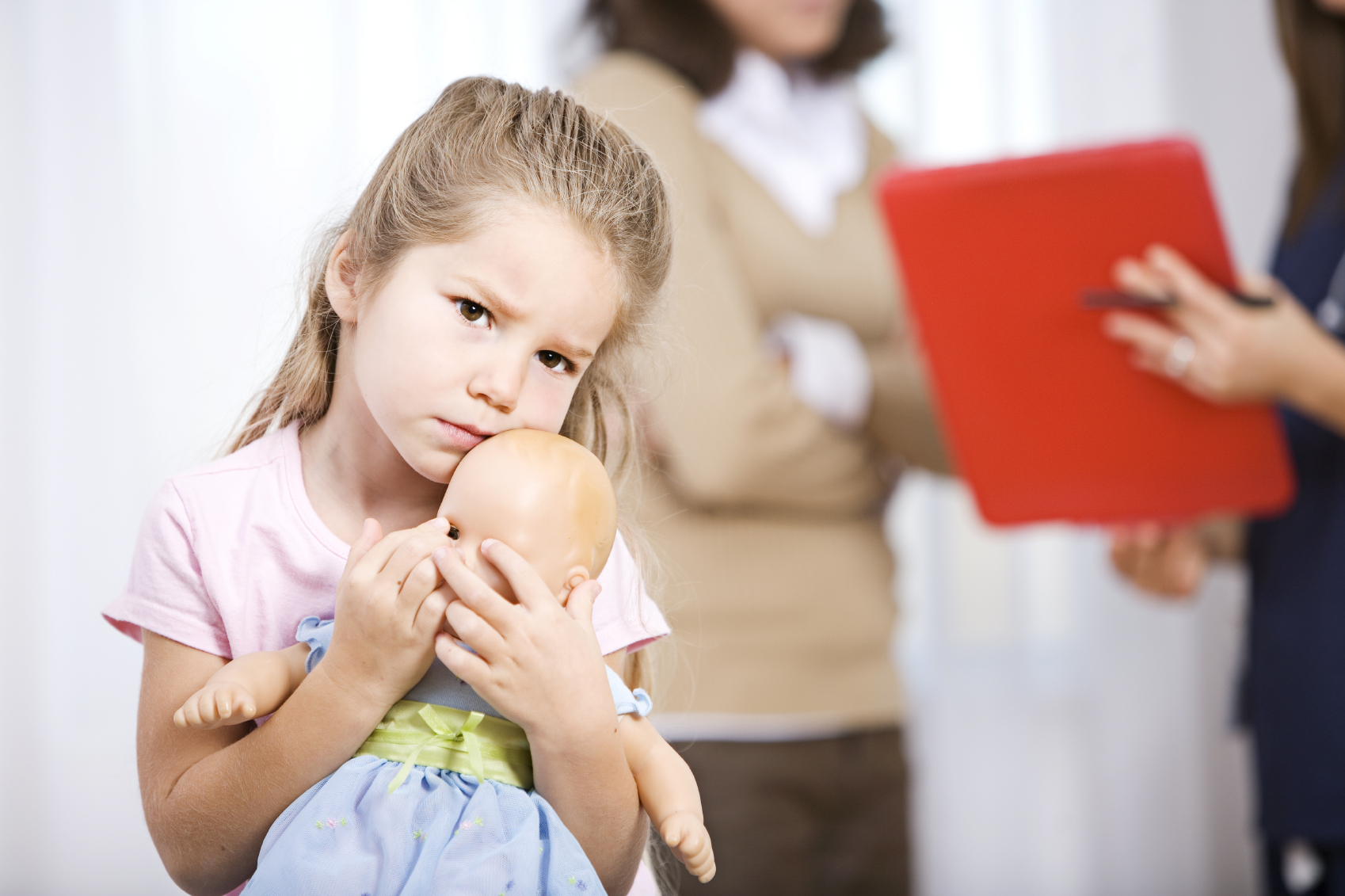Share




Autism is a general term for a group of complex disorders of brain development. These disorders are characterized, in varying degrees, by difficulties in social interaction, verbal and nonverbal communication, and repetitive behaviors. Autism can be associated with intellectual disability, difficulties in motor coordination and attention, and physical health issues, such as sleep and gastrointestinal disturbances.
Some of those living with autism noticeably excel in visual skills, music, math and art. Autism appears to have its roots in very early brain development. However, the most obvious signs of autism and symptoms of autism tend to emerge between 2 years and 3 years of age.
Generally speaking, autism is a brain problem that can make it hard for kids to communicate. If we try to imagine how it feels like inside the head of a child suffering from autism, we can imagine a person with a constant intense feeling that makes it hard for a person to deal with the world around them. A sound like the school bell ringing, which may not bother most kids, may sound like nails on a chalkboard to a child with autism. A tag in a T-shirt might feel like a terribly itchy sweater. The sunlight outside might feel like a flashlight has been just shined into their eyes. Autism is like walking around with your nails cut too short and your shoes on the wrong feet every single day.
What is the reason behind autism? The answer to this question would have been not long ago “we have no idea”. Research is now delivering the answers. First and foremost, we now know that there is no one cause of autism, just as there is no one type of autism. Over the last five years, scientists have identified a number of rare gene changes, or mutations, associated with autism. A small number of these are sufficient to cause autism by themselves.
Most cases of autism, however, appear to be caused by a combination of autism risk genes and environmental factors influencing early brain development. Until today, there is no 100% confirmed medical detection or cure for autism.

Autism is an issue that should concern parents in general. Autism now affects one in 88 children. Boys are nearly five times more likely than girls to have autism. As the number of children with autism continue to rise, there is no doubt the normal child will encounter kids with autism. Hence, it is very important to talk to our children about autism and send them off with empathy and understanding.
Many children with autism have a favorite “thing”. Sometimes it is an actual object, sometimes it is something they are interested in. Encouraging the child to find out what is of their interest may be a great way to help them connect. At the same time, it is important not to take things from a person with autism. Often they are carrying their favorite thing because it makes them feel secure.
References
www.autismspeaks.org
www.medicalnewstoday.com